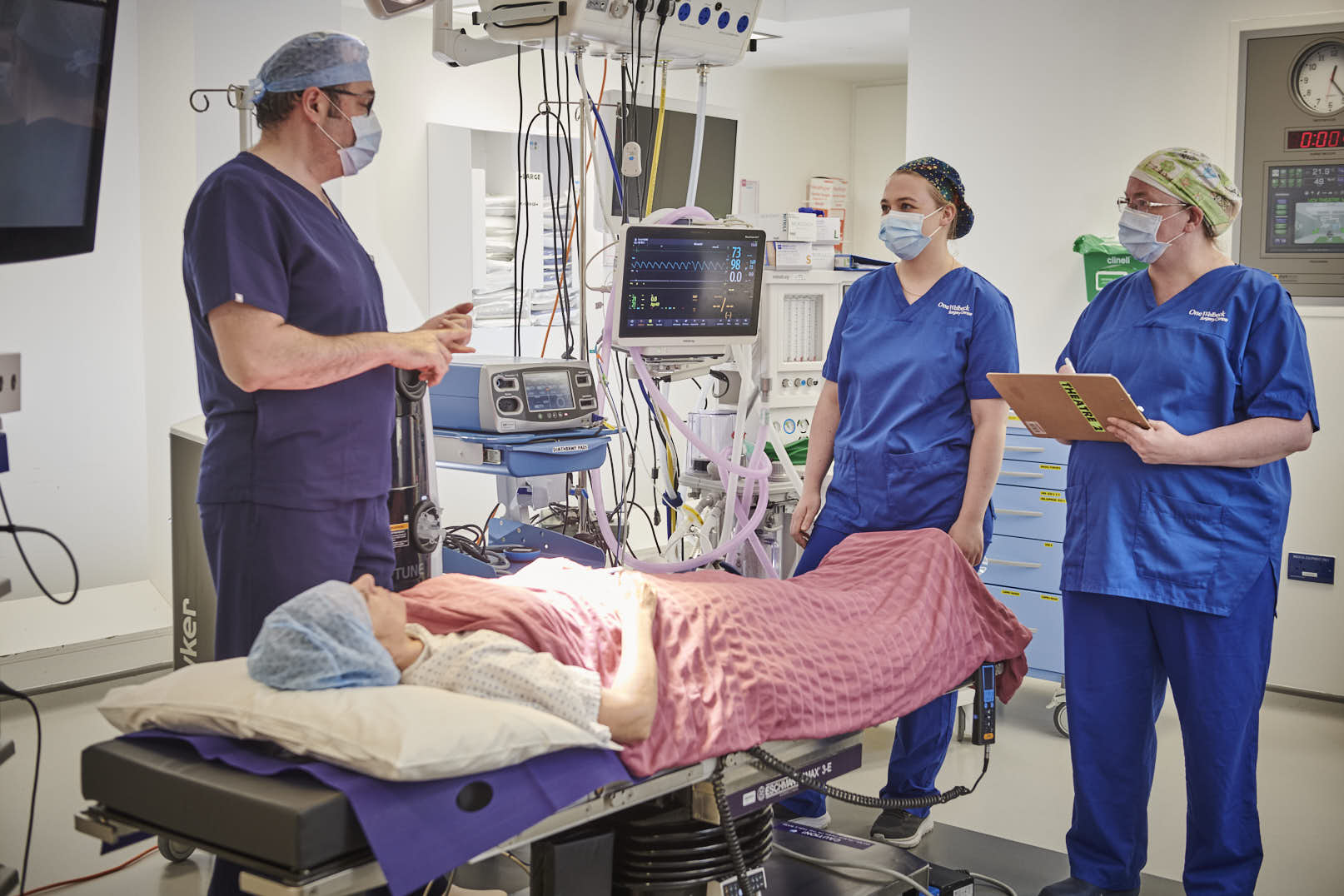You will usually be required to stay overnight but, in some cases, you will be able to go home on the day of your rhinoplasty surgery.
After the operation has been completed, your nose will feel like it is blocked on both sides for 10-14 days. Your doctor may give you drops or spray to help with this. It could take up to 3 months for your nose to fully return to normal with completely clear breathing.
For the first week after your surgery, you should not blow your nose and your doctor will confirm when you should be able to gently do so. It is normal for mucus or blood-stained fluid to drip from the nose within two weeks of completion of your surgery, but if you experience heavy bleeding you should see your doctor.
There will be stitches inside your nose that will either need to be removed or if they are dissolvable stitches, they will fall out by themselves. Avoiding dusty or smoky environments is very important during your recovery.
You may also experience some bruising and swelling around your nose and eyes for the first couple of weeks. Sleeping on extra pillows to keep your head upright will help.
If you wear glasses, you should discuss your options with your doctor as you may be unable to wear them for up to 6 months after your surgery and therefore may need to consider contact lenses.
The skin on your nose will also be more sensitive to the sun so you should ensure that you wear high factor sunscreen and a hat for at least 6 months. Following your operation, you should rest at home for at least a week, but most take up to three weeks off, especially if your work involves heavy lifting/carrying. Our London rhinoplasty team also advise you to avoid any sports with a risk of contact with your nose for at least six weeks, but many take at least a year off.
For more tips on how to look after your new nose post rhinoplasty, talk to our experts on 020 3653 2000.











